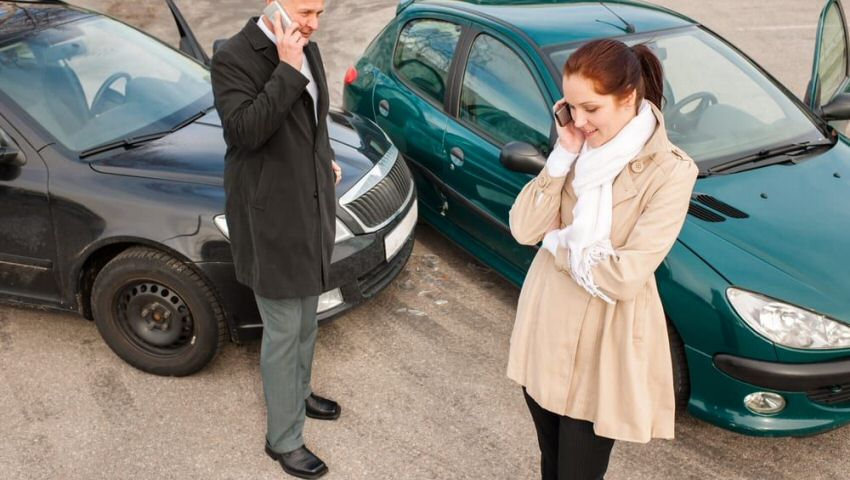
Britainís worst drivers
It will probably take you about five minutes to read this article. Which means that by the time youíve finished, about ten people will have died on the road somewhere in the world. Itís a rather sombre thought, but itís true Ė statistics show that roads (globally) claim a life every 30 seconds. Put another way, thatís nearly 3000 deaths a day!
Despite what this somewhat depressing figure might suggest, though, the UKís roads have never been safer. In fact, in 2017, the nationís Ďroad death tallyí dropped to 1827, which is a record low. But thatís not a reason for complacency. Itís still a lot of deaths.
Which, of course, begs the question: why should the figure be so high? One answer is that itís a result of bad driving. In fact, out of the 129,986 road incidents in 2017, records show that nearly 91,000 were put down to driver error. Thatís over 70%.
So, who are these drivers that make the countryís roads so dangerous? What age are they? What gender? Where are they from? And, more importantly, what cars are they driving (so we can avoid them!)? Here at desperateseller.co.uk, we decided to look a bit more closely at these questions. And the results were. . .
The benefits of experience
Thereís a saying that the only good driver is an experienced driver. But does the data support the idea? Well, yes, actually. Over 42% of car incidents involve drivers under 35, while drivers in the
56 - 65 year-old age group are involved in only 11% of crashes Ė yet they make up over 30% of licensed drivers.
That old chestnut of. . .
. . . Men vs Women. While women are often accused of being worse drivers than men, the data seems to imply the opposite. Men were the drivers in 87,407 car incidents in 2017, compared with just 38,757 incidents with women drivers. Thatís more than double. Now, this huge disparity could be down to more men taking up occupations involving cars (taxi drivers, truck drivers, delivery drivers etc.). Or it could be that men are genuinely inferior drivers. You decide.
Regional risks
Does where youíre driving influence how you drive? It appears so. Take Greater London, for example. Its population of 8,674,000 reported 25,232 car incidents in 2017. That works out at one incident per 343 drivers (the worst performance of any UK city). Compare that to the North West of England, in which only 1 in 538 drivers were involved in a car incident in the same period. In fact, measured on this basis, London is actually the riskiest place in the UK to drive.
Booboos by brand
So far, we know that men aged 26-35, and living in London, are Britainís worst drivers. But what cars are they driving? Well, letís take Honda, as an overall car brand. It was involved in 7378 car incidents in 2017. Now, as there were 1,083,075 Hondas in the UK, that means one in every 146 Hondas were involved in a car incident. Using the same analysis, Volvo (which claims safety as one of its key brand values) performed only marginally better, with one in every 156 of its cars involved in an incident, while one in every 172 Mercedes drivers had an accident. The safest brands in our analysis were Fiat and the Mini. Only one in 547 Fiat drivers experienced an incident, while Mini was next safest with one in 396.
Mishaps by model
The data necessary to do the same analysis as above, but for specific models, doesnít exist. But the data that does exist is quite interesting, all the same. For example, the model with the most recorded crashes is the Vauxhall Corsa. This car is often associated with a younger demographic as the Ďideal first carí Ė which correlates with the data regarding car incidents by age.
And that, for now, ends our brief analysis of driving risk. But it doesnít end what we have to offer you. In fact, weíve got 000ís of used cars to offer you, all great value. Why not head over to that section and have a browse?













